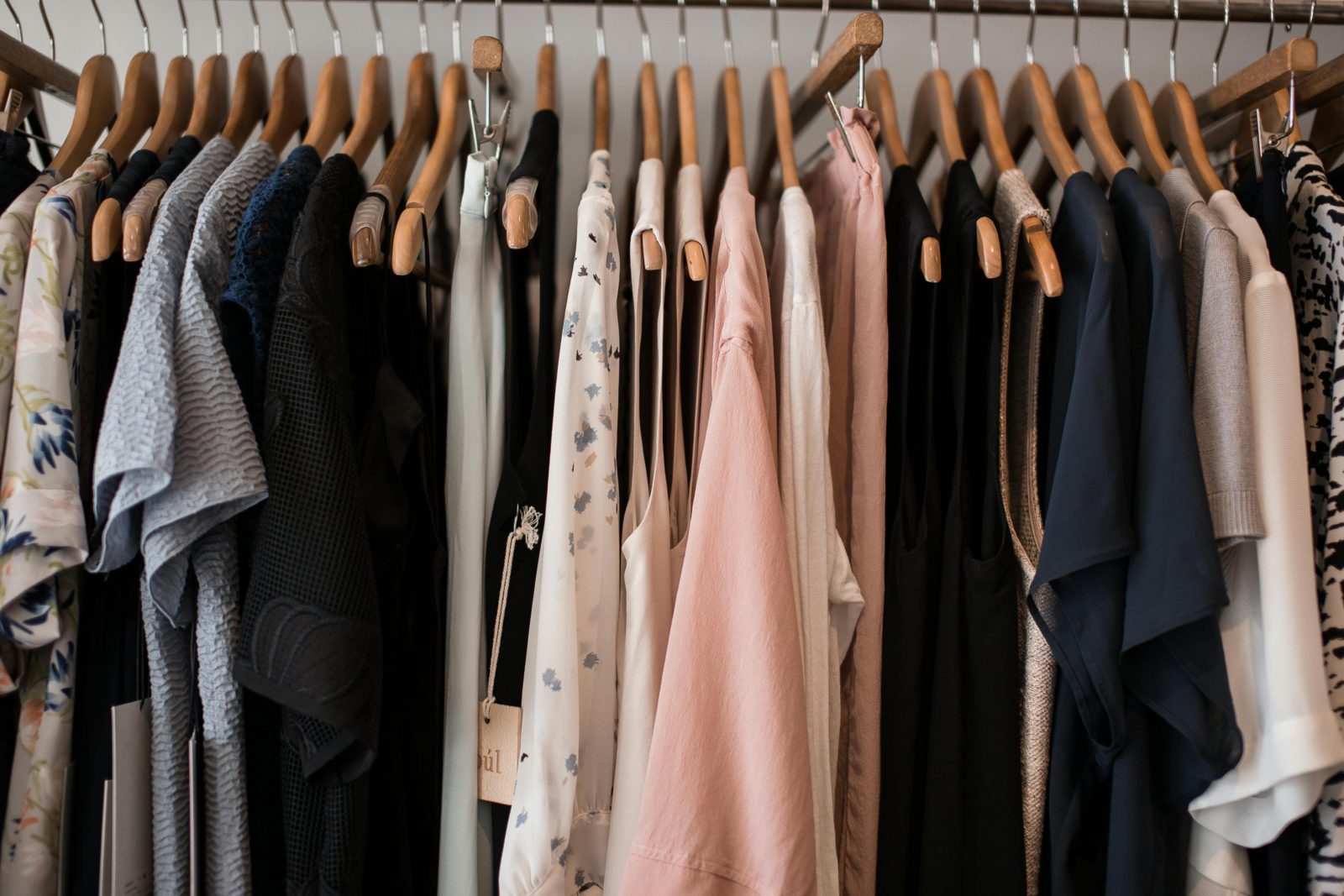Retail sales increased by 4.4 percent year-on-year in May, the sixth consecutive month of growth. This trend of increased consumer spending persists, although it has slowed compared to previous months. In a month-on-month comparison, sales fell by 0.1 percent, according to data released by the Czech Statistical Office (ČSÚ) on Thursday.
According to Jana Gotvaldová, head of the trade, transport, and services statistics department at ČSÚ, the most significant contributors to the sales increase were non-specialized stores with a predominance of food and internet and mail-order businesses. Sales of non-food goods saw the highest year-on-year increase, rising by more than five percent. Food sales increased by 4.2 percent, and fuel sales by 2.2 percent.
Specific segments showed notable growth compared to last year. Specialized stores with cosmetics and toiletry products saw an 18 percent increase, while pharmaceutical and medical goods sales rose by 5.9 percent. However, sales declined in stores with household products by 2.5 percent and computer and communication equipment by 1.1 percent. The statisticians added that Internet and mail-order businesses experienced a 14.5 percent increase in sales.
The chief economist of Banka Creditas, Petr Dufek, noted the significant cosmetics sales. “The recession did not stop them, and today, these stores have real sales 30 percent higher than in 2019. On the other hand, clothing and footwear sales have dropped by a quarter, partly due to unprecedented price increases,” he pointed out.
Dufek also mentioned that, although food store sales are growing in real terms, the actual volume of food sold is nine percent less than before the COVID-19 pandemic. This indicates that consumers are spending more but buying less.
According to Tomáš Volf, an analyst at Citfin, Czechs are cautiously increasing their spending, primarily due to ongoing concerns about future financial situations. “Despite having the lowest unemployment rate in the EU, this is not enough to boost household optimism. Inflation is fluctuating between two and three percent, and real wages have only started to grow recently,” he said in his commentary.





